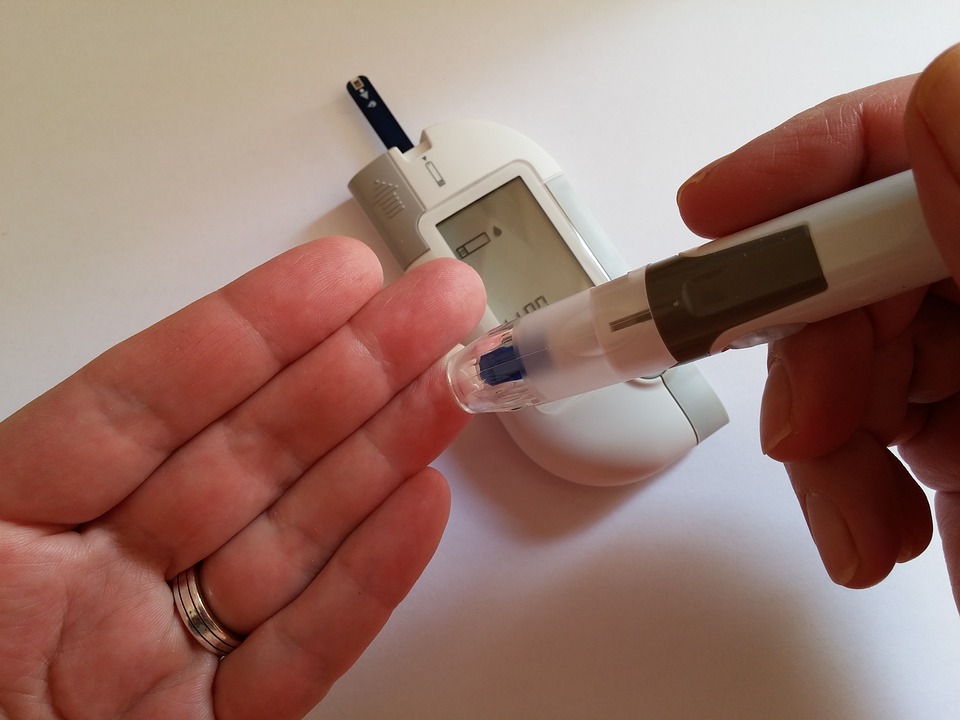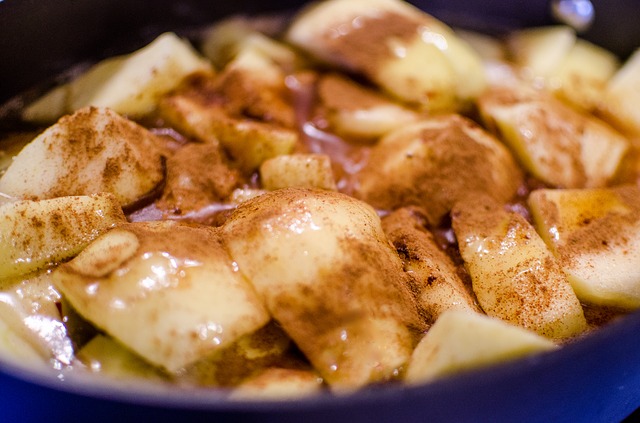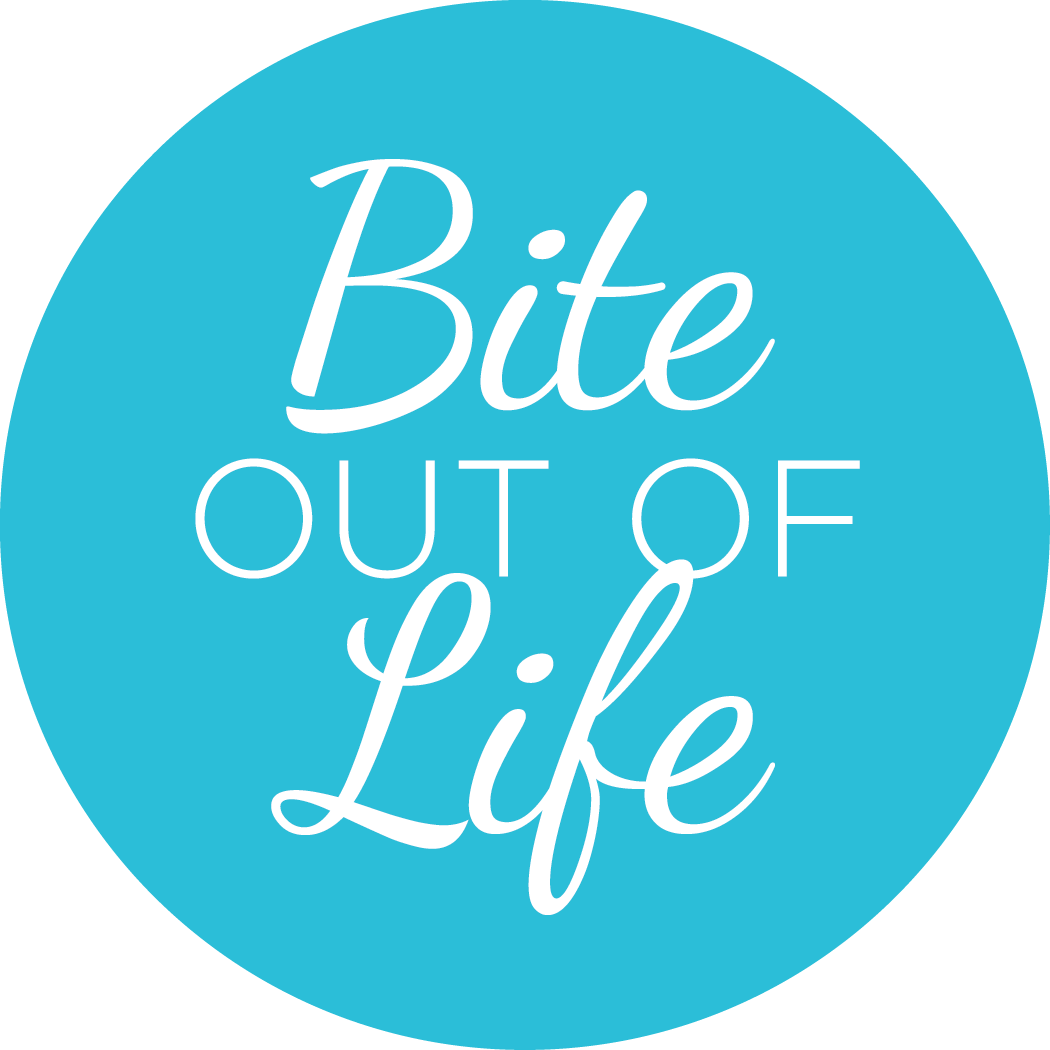
When you hear the words ‘blood sugar management’ – do you immediately think about restrictive eating, pricking your finger to measure your blood before meals, or diabetes medications like insulin injections?
Or do you think of feeling light-headed and faint and ‘hangry’ (so irritable that you have to eat something immediately – and usually sugary – to get back to feeling normal)?
Or maybe you have heard that jumping on the paleo or keto diet will balance your blood sugar and help you lose weight, reverse diabetes or eliminate hypoglycemia?
There’s lots of info – and confusion – about what blood sugar is and what relevance it has to your health. So let’s sort out some facts and some context so you can make smarter choices about what you eat and why.
What is blood sugar anyway?
Blood sugar level is the measure of the amount of glucose in your blood. Glucose is what results when your body breaks down the carbohydrates you eat to use for fuel. Sometimes the words sugar and glucose are used interchangeably when discussing levels in the blood and that’s okay for this discussion (although when referring to sugar or glucose in food – they are different).
Anyway….you need the right balance of sugar in your blood to fuel your brain and muscles.
The thing is, blood sugar levels can fluctuate. A lot. This fluctuation is the natural balance between actions that increase it and actions that decrease it.
Here’s what I mean: when you eat food that contain sugars or starches (carbs), your digestive system breaks them down to useable parts (glucose) and absorbs those into your blood. When carbs are ingested, your body keeps blood sugar levels stable by secreting insulin. Insulin’s job is to move excess sugar/glucose out of your bloodstream and into your muscle cells and other tissues for it to be used as energy.
Why keep blood sugar balanced
Your body wants your blood sugar to be at an optimal level. It should be high enough so you’re not light-headed, fatigued, and irritable. It should be low enough that your body isn’t scrambling to remove excess from the blood.
When blood sugar is too low, this is referred to as hypoglycemia.
When blood sugar is too high, it is referred to as hyperglycemia. Prolonged periods of elevated blood sugar levels (chronic hyperglycemia) can lead to insulin resistance.
Insulin resistance is when your cells are just so bored (because they are constantly overloaded) of the excess insulin that they start ignoring (resisting) it, and that keeps your blood sugar levels too high.
Insulin resistance and chronic hyperglycemia can eventually lead to diabetes and many other health concerns. Conventional medicine tends to attack these issues with pharmaceuticals – but there is loads of evidence that proves that with dietary and lifestyle changes, these conditions can be reversed and you can keep your blood sugar at optimal levels.
Food for stable blood sugar
The simplest thing to do to balance your blood sugar is to reduce the amount of refined sugars and starches you eat. The vast majority of these carbs come in the form of processed and packaged foods, so sticking with whole, real foods for the most part will immediately benefit your blood sugar levels.
Remember, a lot of sugars are hidden in things as innocuous as salad dressings, ketchup, yogurt, skim milk, cereals, frozen dinners, deli meats, soups and sauces among others, so reading labels is Step one. Look for words like: corn sweetener, corn syrup, dextrose, fructose, fruit juice concentrates, glucose, high-fructose corn syrup, invert sugar, lactose, maltose, malt syrup, raw sugar, sucrose, sugar syrup, cane crystals, cane sugar, crystalline fructose, evaporated cane juice, corn syrup solids, malt syrup.
Whew. I know – a lot to sort out, right? We’ll tackle nutrition and ingredient labels and sugar in future blog posts so stay tuned!
Step two: dump the sweetened drinks. These include soft drinks (both sugar-sweetened and artificially sweetened because there is growing evidence that shows artificial sweeteners disrupt the gut flora leading to increased blood sugar levels), cocktails made with sugary mixes, café specialty coffee and tea drinks and even some of those ‘healthy’ fresh juices and smoothies. A lot of those contain way too many fruits and too few balancing nutrients like protein, beneficial fats and fibre – all of which help offset the spiking of your blood sugar.
And speaking of fibre – eating more fibre is a helpful Step three. Fibre helps to slow down the amount of sugar absorbed from your meal so you reduce that spike and crash syndrome. Adults need at least 40g of fibre each day to keep digestion and pooping healthy and regular as well as aiding in blood sugar management. Sadly, most people who eat the Standard North American Diet (SAD) get less than 15g. And we wonder why 20-30% of adults suffer chronic constipation and another 15% have IBS (irritable bowel syndrome). But I digress – we’ll talk digestion in another post.
Fibre is found in plant-based foods (as long as they are eaten in their natural state as processing foods removes most fibre. Think spongy white breads versus hearty sprouted grain and seed breads). Eating nuts, seeds, and whole fruits and veggies (not juiced and with the skins, where possible) is a great way to increase your fibre intake.
FUN FACT: Cinnamon has been shown to help cells increase insulin sensitivity. Not to mention it’s a delicious spice that can be used in place of sugar. (HINT: It’s in the recipe below)
The 3 Big Lifestyle S’s
In addition to the food you eat, there are three other factors that have an implication on blood sugar: sweat, stress and sleep.
Being active also helps to improve your insulin sensitivity; this means that your cells don’t ignore insulin’s call to get excess sugar out of the blood. Not to mention, when you are active, when you are sweating it out, your muscles are using up that sugar they absorbed from your blood. But you already knew that exercise is healthy, didn’t you? Strive for 150 minutes each week – so about 30 minutes 5 times a week at minimum.
Would you believe that stress also affects your blood sugar levels? Yup! Stress hormones – like cortisol for example – increase your blood sugar levels. If you think about the “fight or flight” stress response, what fuel does your brain and your muscles need quickly to be able to react? Sugar! When you are stressed, signals are sent to release stored forms of sugar back into the bloodstream, increasing blood sugar levels. Simple tips to work on reducing the stress you are under could include meditation, deep breathing, or gentle movement like yoga or tai chi.
Sleep is often overlooked when it comes to blood sugar management but it goes hand-in-hand with stress. When you don’t get enough quality sleep, you tend to release stress hormones, which also impact your hunger and craving hormones. Make sleep more of a priority – and that means heading to bed earlier but also getting off your electronic devices earlier because the ‘blue’ light from your phone, tablet, laptop and even TV also disrupt your hormones which will then cause blood sugar imbalances.
Conclusion
Your body is on a constant 24-hour quest to keep your blood sugar stable. The body has mechanisms in place to do this, but those mechanisms can get overloaded, tired and resistant. Long-term blood sugar issues can spell trouble and lead to a wide variety of disease states.
There are many nutrition and lifestyle approaches you can take to help keep your blood sugar stable. Minimizing excessive processed/refined carbs, and eating more fibre, as well as focusing on those three big lifestyle S’s – sweat, sleep and stress – are all key to having stable blood sugar without pharmaceutical intervention.
Recipe (blood sugar balancing): Cinnamon Apples
Serves 4
Ingredients:
- 2 apples, chopped
- 1 tbsp coconut oil
- ½ – 1 tsp ground cinnamon
- ⅛ tsp sea salt
- ¼ tsp vanilla extract
Directions:
- Place chopped apples into a small saucepan with 2 tbsp water.
- Cover and cook over medium heat, stirring occasionally.
- After about 5 minutes the apples will become slightly soft, and water will be absorbed.
- Stir in 1 tbsp coconut oil. Cook for another 5 minutes until apples reach desired softness
- Add cinnamon, salt, and vanilla, and stir until combined.
Enjoy for breakfast, dessert or a snack. Top plain yogurt or oatmeal. Eat hot or cold.
Tip: Keeping the peel on increases the fibre, which is even better for stabilizing your blood sugar.
References:
https://www.healthline.com/nutrition/15-ways-to-lower-blood-sugar
http://www.precisionnutrition.com/research-review-blood-sugar
https://www.webmd.com/diet/news/20140917/artificial-sweeteners-blood-sugar#1
